-
main-collection-product-grid
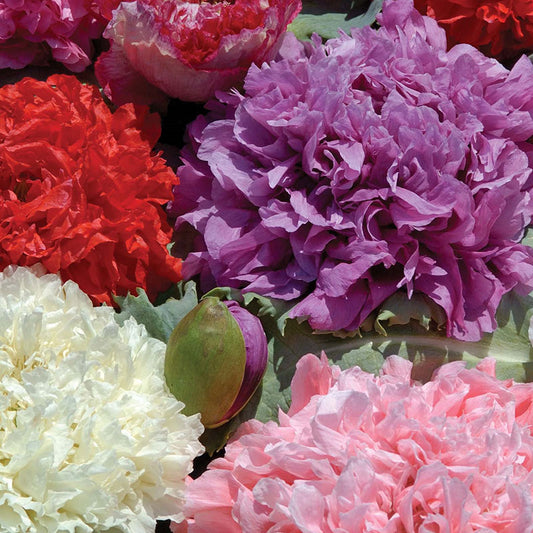
Poppy Seeds - Double Mixed
Fully double blooms make fabulous cut flowers—if you can bear to cut themOut of StockPoppy Seeds - Double Mixed
Fully double blooms make fabulous cut flowers—if you can bear to cut themRegular price As Low As $4.49Regular priceUnit price per -
main-collection-product-grid
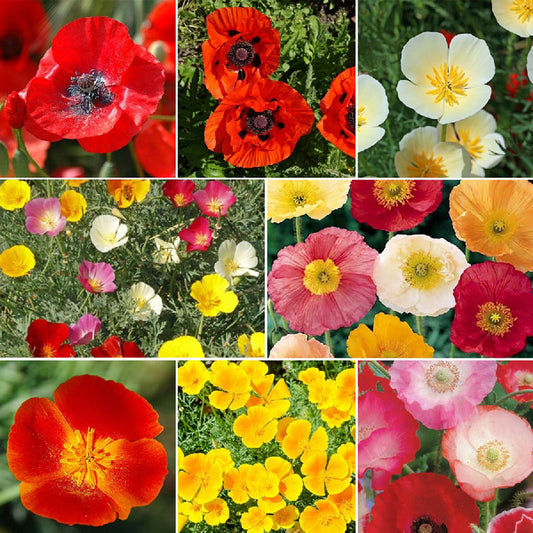
Poppy Power - Poppy Flower Seed Mix
For the grower who can't decide on just one poppyPoppy Power - Poppy Flower Seed Mix
For the grower who can't decide on just one poppyRegular price As Low As $16.79Regular priceUnit price per -
main-collection-product-grid
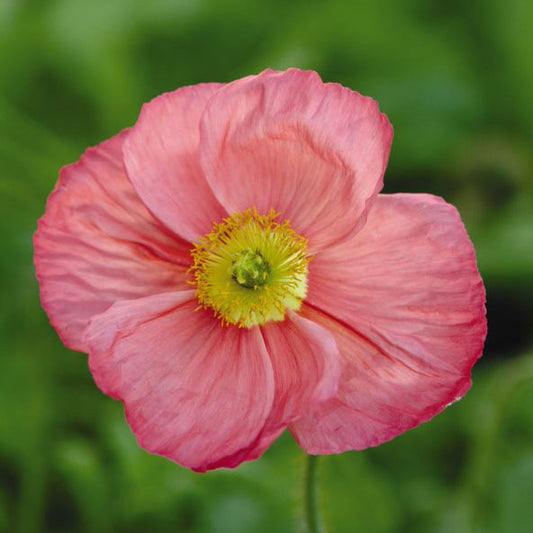
Iceland Poppy Seeds - Champagne Bubbles Pink
Pollinators adore these crinkled, rose-colored bloomsIceland Poppy Seeds - Champagne Bubbles Pink
Pollinators adore these crinkled, rose-colored bloomsRegular price $6.59Regular priceUnit price per -
main-collection-product-grid
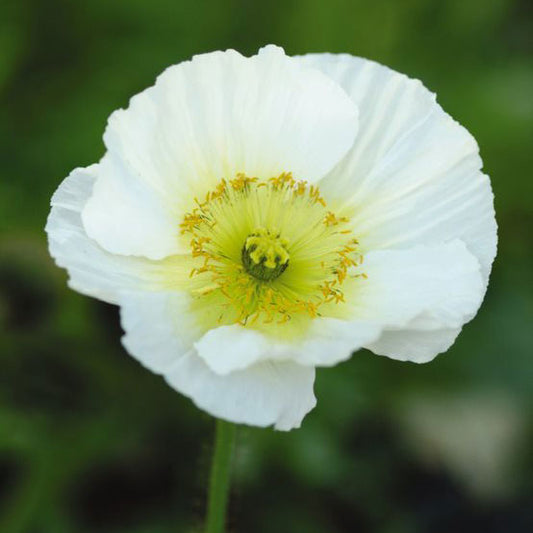
Iceland Poppy Seeds - Champagne Bubbles White
This cool-weather poppy is the first to flower in springIceland Poppy Seeds - Champagne Bubbles White
This cool-weather poppy is the first to flower in springRegular price $6.59Regular priceUnit price per -
main-collection-product-grid
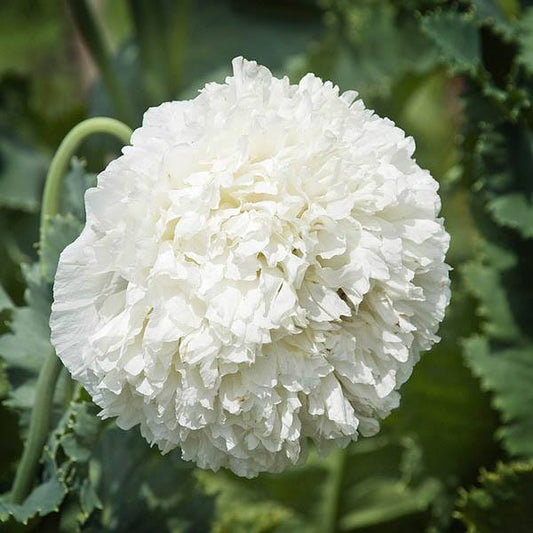
Poppy Seeds - White Cloud
At 5 feet tall, this snow-white poppy towers over the gardenPoppy Seeds - White Cloud
At 5 feet tall, this snow-white poppy towers over the gardenRegular price As Low As $4.99Regular priceUnit price per -
main-collection-product-grid
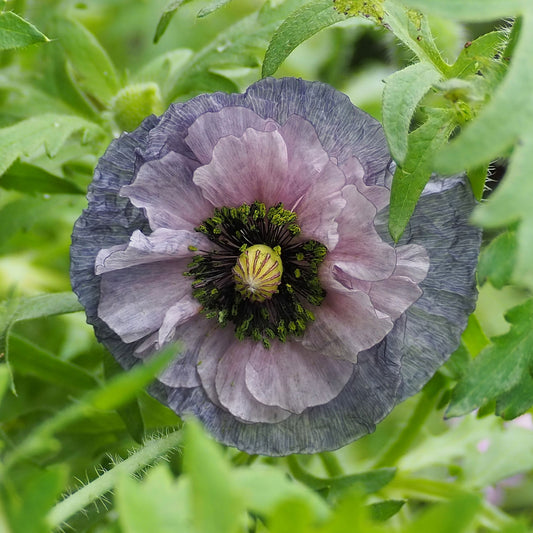
Poppy Seeds - Shirley Amazing Grey
The most coveted variety among cut flower growersOut of StockPoppy Seeds - Shirley Amazing Grey
The most coveted variety among cut flower growersRegular price $6.59Regular priceUnit price per -
main-collection-product-grid
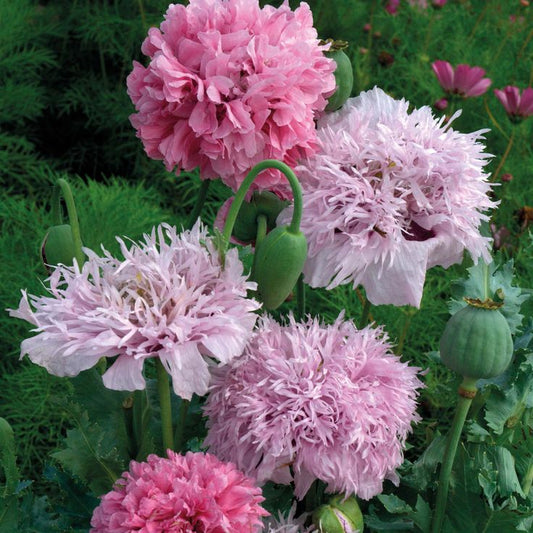
Poppy Seeds - Pink Pompon Mix
Feathery pink blooms leave behind adorable seedpodsOut of StockPoppy Seeds - Pink Pompon Mix
Feathery pink blooms leave behind adorable seedpodsRegular price $6.59Regular priceUnit price per -
main-collection-product-grid
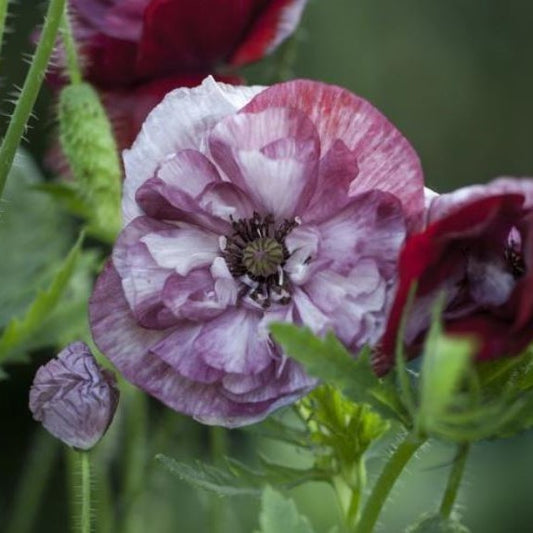
Poppy Seeds - Pandora
Translucent mauve petals are a beauty to beholdPoppy Seeds - Pandora
Translucent mauve petals are a beauty to beholdRegular price $6.59Regular priceUnit price per -
main-collection-product-grid
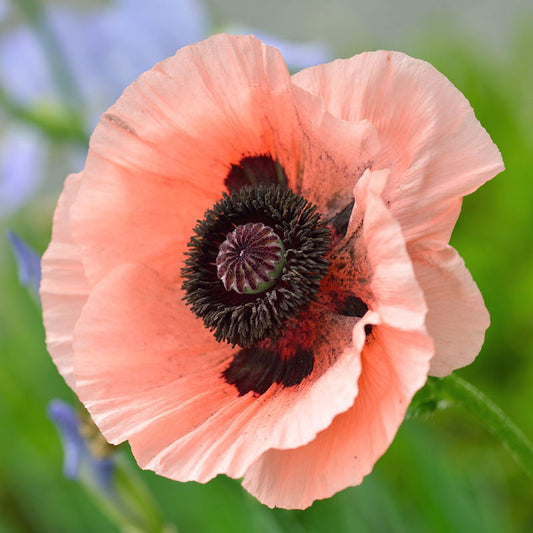
Oriental Poppy Seeds - Princess Victoria Louise
Pleated petals in the perfect shade of salmonOut of StockOriental Poppy Seeds - Princess Victoria Louise
Pleated petals in the perfect shade of salmonRegular price $6.09Regular priceUnit price per -
main-collection-product-grid
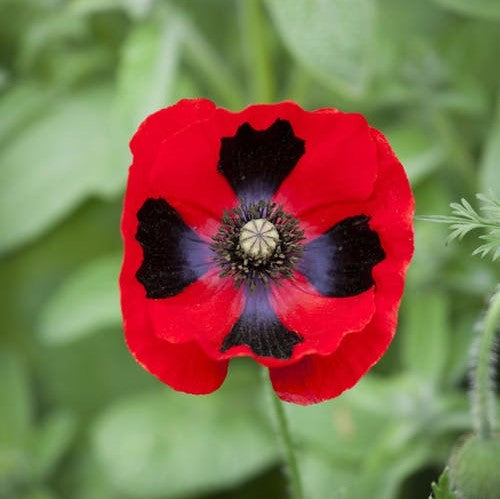
Poppy Seeds - Lady Bird
Each crimson bloom is marked with a black crossPoppy Seeds - Lady Bird
Each crimson bloom is marked with a black crossRegular price As Low As $5.49Regular priceUnit price per -
main-collection-product-grid
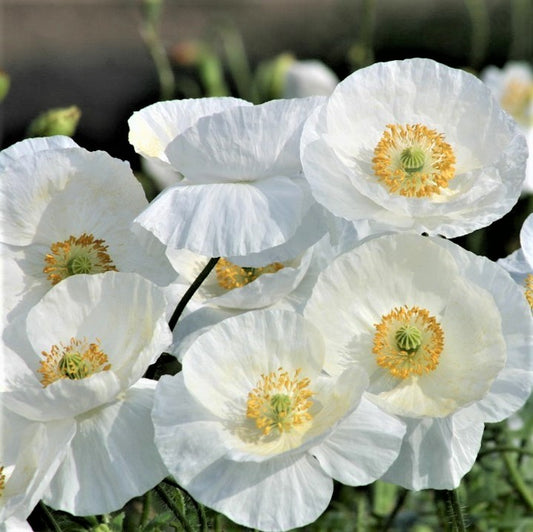
Poppy Seeds - Bridal Silk
White satin blooms add a touch of purity to any bouquetPoppy Seeds - Bridal Silk
White satin blooms add a touch of purity to any bouquetRegular price $6.59Regular priceUnit price per -
main-collection-product-grid
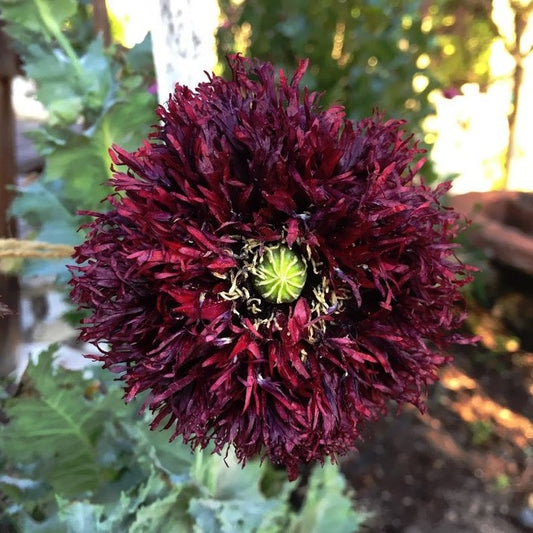
Poppy Seeds - Black Swan
Feathery, wine-colored flowers are just the thing for a goth gardenPoppy Seeds - Black Swan
Feathery, wine-colored flowers are just the thing for a goth gardenRegular price As Low As $5.49Regular priceUnit price per -
main-collection-product-grid
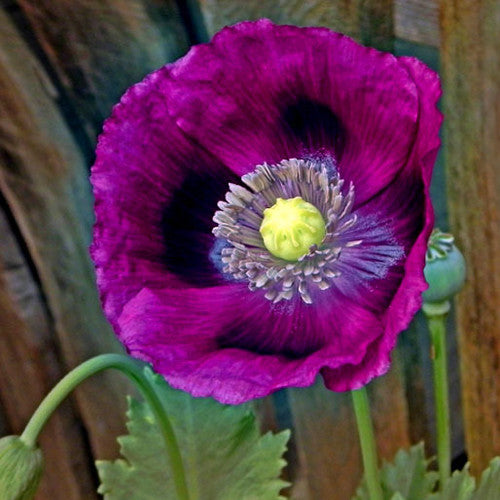
Poppy Seeds - Laurens Grape
This prolific plum bloomer produces up to 5 buds per plantOut of StockPoppy Seeds - Laurens Grape
This prolific plum bloomer produces up to 5 buds per plantRegular price As Low As $5.49Regular priceUnit price per -
main-collection-product-grid
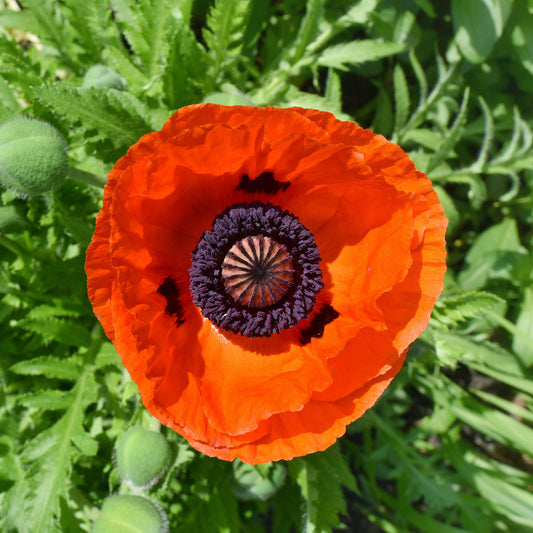
Oriental Poppy Seeds - Prince of Orange
Our boldest perennial poppy with a flare for the exoticOriental Poppy Seeds - Prince of Orange
Our boldest perennial poppy with a flare for the exoticRegular price As Low As $5.49Regular priceUnit price per -
main-collection-product-grid
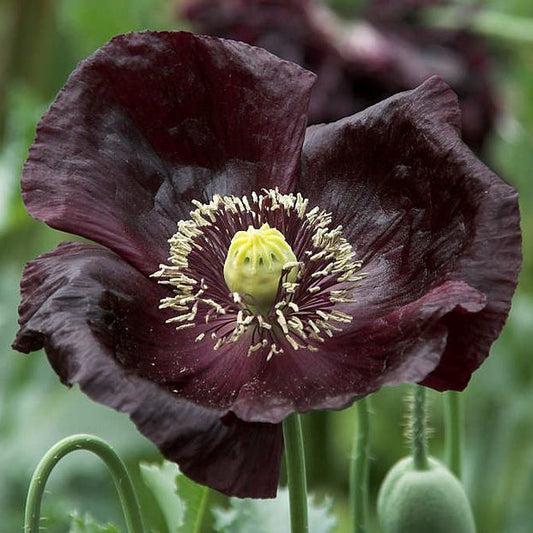
Poppy Seeds - Midnight
Near-black booms add dramatic flair to the cutting gardenOut of StockPoppy Seeds - Midnight
Near-black booms add dramatic flair to the cutting gardenRegular price As Low As $4.99Regular priceUnit price per -
main-collection-product-grid
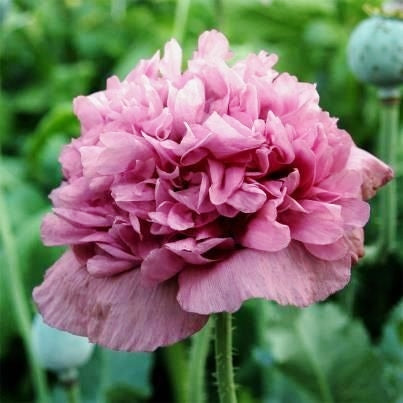
Poppy Seeds - Violetta Blush
This lovely mauve beauty is long-lasting in the garden and vasePoppy Seeds - Violetta Blush
This lovely mauve beauty is long-lasting in the garden and vaseRegular price As Low As $4.99Regular priceUnit price per
Planting the best poppy seeds
- 59 poppy seed varieties
- Poppy flowers are a symbol of remembrance
- Perennial, biennial, or self-seeding annual plants
- Striking early bloomers
poppy seeds for planting
With over eight species available commercially, poppy seeds boast a wide variety of cultivars originating in several parts of the world including North Africa, Europe, Asia, and even the Arctic/Subarctic. Needless to say, poppy seeds come suited for nearly all hardiness zones (3 to 10), blooming in late spring and early summer in a range of colors from soft white and peach to deep crimson and bright orange. Depending on hardiness zone and varietal, poppies can be annuals, perennials, or biennials and often self-seed at the end of flowering for a continuous crop year-after-year.
how and when to plant poppy seeds
Poppy seeds are best sown directly into the garden on bare soil in late fall or early spring, well before the last frost. For zones 3 through 7, seed in late fall or early spring and in zones 8 through 10, sow in late fall or winter. Note that poppies do not like their roots disturbed and tend to do poorly when transplanted so direct seeding in the garden is recommended over starting indoors. Poppy seeds require cold stratification in order to germinate so if you do choose to start your seeds indoors, make sure to follow our guide to cold stratification before seeding. Poppy seeds need light for germination so simply disperse them on the soil surface when sowing. Seeds are small and some people prefer to combine them with sand when sowing to make dispersal more even. Keep soil evenly moist during germination and plants should emerge within two to three weeks. After germination, once plants have grown a couple of inches, thin to about six inches apart. Perennial poppy varieties will spread and annuals often self-seed so it’s a good idea to thin them each spring. Plants grow from one to three feet tall.
caring for your poppy plants
Although they will tolerate some shade, poppies prefer full sunlight and need at least six hours of direct light in order to thrive. Most species such as Papaver orientale (Oriental poppy) and Papaver rhoeas (Flanders Poppy, Shirley Poppy) prefer moist, well-drained, nutrient rich soil but Eschscholzia californica (California poppy) actually does best in poor soils and can be found growing as wildflowers spread across deserts and open prairies in the western United States.
Poppy blooms are prolific but flowering last for only about four weeks. You can extend the flowering period with extra early blooms from our Iceland Poppy Seeds which thrive in cool conditions. Note that after blooming ceases in summer, plants die back and can leave gaps in your garden. Take this into consideration when planning ornamental gardening spaces and plant late summer/early fall flowers to follow.
For more information about planting, growing, and caring for poppy seeds, see the Poppy Seeds Planting Guide.















